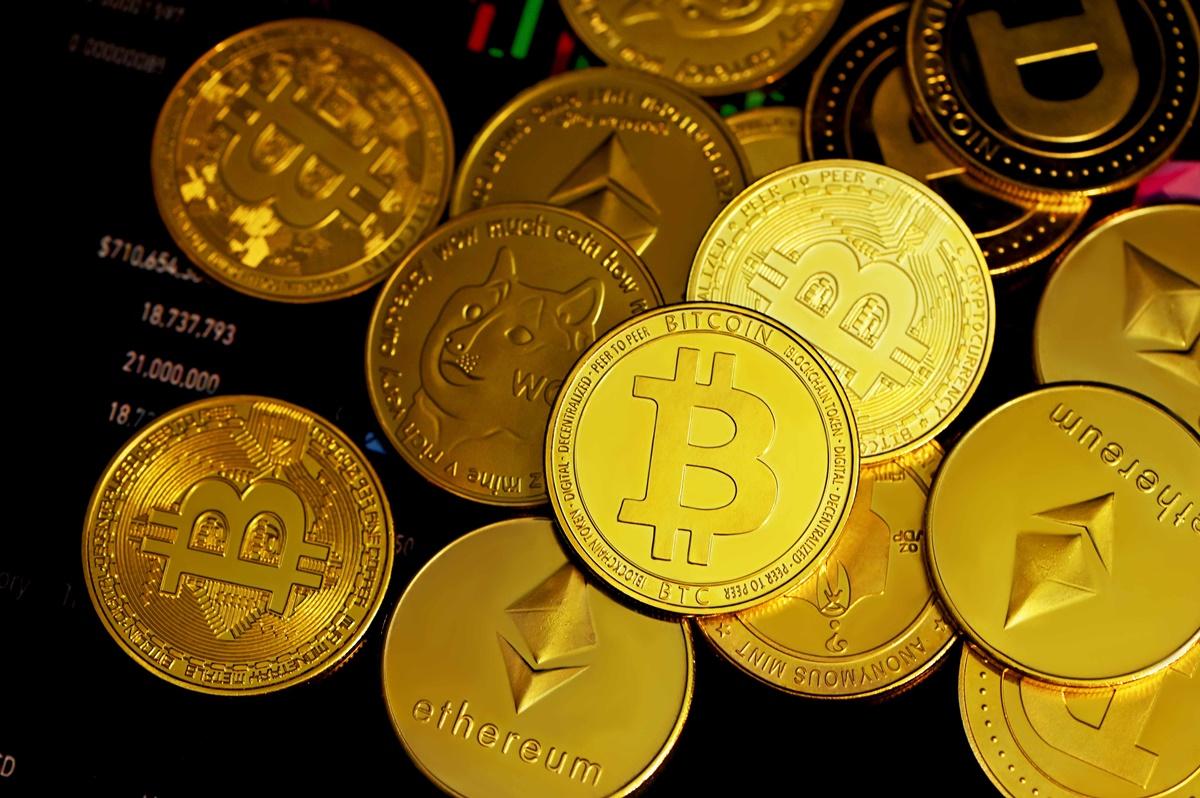The rise of decentralized cryptocurrency exchanges: Breaking the shackles of traditional finance and
 summary:
The rise of decentralized cryptocurrency exchanges: Breaking the shackles of traditional f...
summary:
The rise of decentralized cryptocurrency exchanges: Breaking the shackles of traditional f... The rise of decentralized cryptocurrency exchanges: Breaking the shackles of traditional finance and opening a new era of global digital currency!
Decentralized Cryptocurrency Exchanges (DEX): A Revolutionary Innovation in the Financial Sector
In recent years, the rapid growth of the cryptocurrency market has brought decentralized cryptocurrency exchanges (DEX) to the forefront as a revolutionary innovation in the financial industry. Compared to traditional centralized exchanges (CEX), DEXs eliminate intermediaries, enabling peer-to-peer trading. This model offers users enhanced security, transparency, and control, attracting an increasing number of investors and cryptocurrency enthusiasts. This article explores the concept, advantages, evolution, mechanisms, and profound impact of decentralized cryptocurrency exchanges on the financial sector.
What is a Decentralized Cryptocurrency Exchange?
A decentralized cryptocurrency exchange (DEX) is a platform that operates without reliance on a central authority. Using blockchain technology, it directly connects buyers and sellers to facilitate cryptocurrency transactions. Unlike centralized exchanges (CEX), DEXs do not require users to deposit funds into the platform. Instead, trades are conducted via smart contracts, allowing users to retain their assets in personal wallets throughout the process. This eliminates the need for the exchange to custody user funds, significantly reducing the risk of asset loss due to hacking or platform mismanagement.
Key Advantages of Decentralized Exchanges
Enhanced Security and Privacy:
By removing central control points, DEXs minimize the risk of single-point failures. Additionally, since users maintain control over their private keys and funds, the chances of asset loss are substantially reduced.Elimination of Custodial Risk:
In centralized exchanges, users must deposit their cryptocurrency into platform accounts, exposing them to custodial risks. DEXs allow users to maintain control of their private keys and funds, avoiding risks associated with platform failures or attacks.Global Accessibility:
DEXs transcend geographical boundaries, enabling global participation. Users can trade cryptocurrencies from anywhere with an internet connection, providing access to financial opportunities for those excluded from traditional financial services.Trading Transparency:
Transactions on DEXs are recorded on the blockchain, where they are publicly accessible and verifiable. This transparency fosters trust among users and supports the healthy development of the decentralized finance (DeFi) ecosystem.Resistance to Censorship:
Lacking a central authority, DEXs are less susceptible to censorship by governments or other entities. Users can trade freely without fear of interference, offering a platform for regions with strict regulatory environments.
The Evolution of Decentralized Exchanges
Early Decentralization:
Since Bitcoin's emergence in 2009, decentralization has been central to the cryptocurrency movement. Initially, cryptocurrency trading relied heavily on centralized platforms, but the introduction of DEXs marked a significant advancement in this financial revolution.Ethereum and the Advent of Smart Contracts:
Launched in 2015, the Ethereum platform introduced smart contracts, laying the groundwork for decentralized applications (DApps) and exchanges. Smart contracts automate transactions based on predefined conditions, simplifying peer-to-peer trading and becoming a cornerstone of DEX technology.The Rise of DEXs:
Ethereum's popularity brought DEXs into the spotlight. Platforms like Uniswap, SushiSwap, and PancakeSwap adopted automated market maker (AMM) models to offer decentralized trading services through smart contracts, attracting a broad user base.The DeFi Boom:
In 2020, decentralized finance (DeFi) experienced exponential growth. DeFi protocols provided financial services such as lending, trading, and yield farming without traditional intermediaries, further accelerating the development of DEXs.Challenges and Breakthroughs:
Despite their advantages, DEXs face challenges such as low liquidity, high transaction fees, and front-running issues. Developers are actively seeking solutions to improve the user experience and efficiency of DEXs.
Core Mechanisms of Decentralized Exchanges
Automated Market Makers (AMM):
AMMs are central to DEX functionality. These algorithms determine asset prices based on market demand, eliminating the need for traditional order books and enhancing trading efficiency.Liquidity Pools:
DEXs rely on liquidity pools, where users deposit funds to provide the liquidity needed for trading. In return, liquidity providers earn rewards through transaction fees, ensuring the platform's liquidity remains robust.Wallet Integration:
DEXs integrate with cryptocurrency wallets, streamlining the trading process. Users can trade directly from their wallets without needing to deposit or withdraw funds from the platform.
Impact of Decentralized Exchanges on the Financial Industry
Financial Democratization:
DEXs provide global users with greater access to financial opportunities without reliance on traditional banks or financial institutions. This decentralized financial system empowers individuals to manage their assets and transactions independently.Driving Financial Innovation:
The rise of DEXs has spurred innovation in the DeFi sector. New financial products and services, such as liquidity mining, decentralized lending, and decentralized insurance, continue to reshape the financial landscape.Challenging Centralized Exchanges:
DEXs' success presents a significant challenge to centralized exchanges. With greater security, transparency, and user control, more users are transitioning to decentralized platforms, driving traditional exchanges to innovate and improve.
Frequently Asked Questions
Q1: What is the difference between centralized and decentralized exchanges?
A: The primary difference lies in asset custody. Centralized exchanges hold user funds on the platform, whereas decentralized exchanges allow users to retain control of their private keys and assets, reducing platform-related risks.
Q2: Are decentralized exchanges fully anonymous?
A: While DEXs emphasize privacy, transaction records are stored on the blockchain to ensure transparency and traceability. User identities are typically anonymous, but transactions remain verifiable.
Q3: How do liquidity pools work on DEXs?
A: Liquidity pools are funded by users to support trading activities. Liquidity providers earn rewards from transaction fees, ensuring sufficient liquidity for the platform.
Q4: Are DEXs vulnerable to hacking?
A: By removing centralized control points, DEXs reduce the risk of large-scale attacks. However, users must secure their wallets to protect against theft or unauthorized access.
Q5: What role do smart contracts play in DEXs?
A: Smart contracts are the backbone of DEXs, automating transactions and agreements to ensure transparency, security, and trustless operation.
Tags: Decentralized Exchanges, Cryptocurrency, Blockchain, Smart Contracts, DeFi

